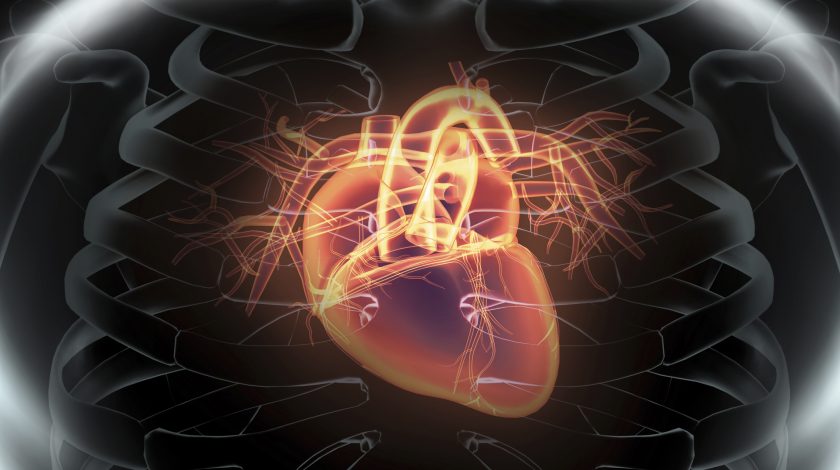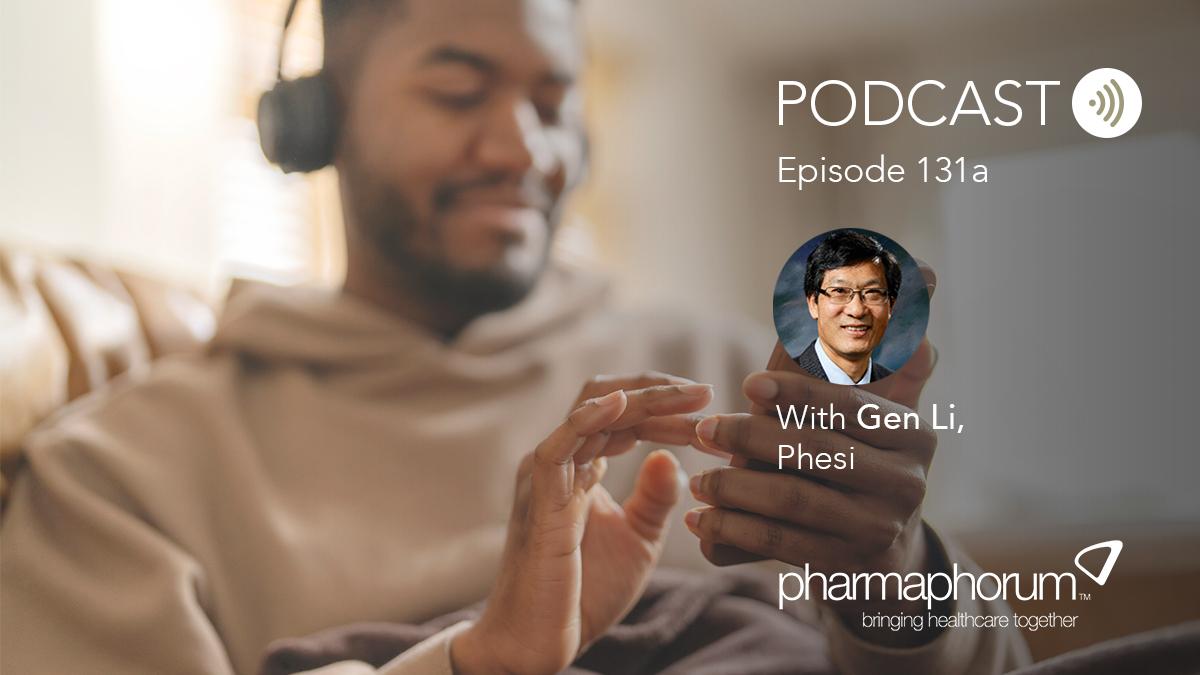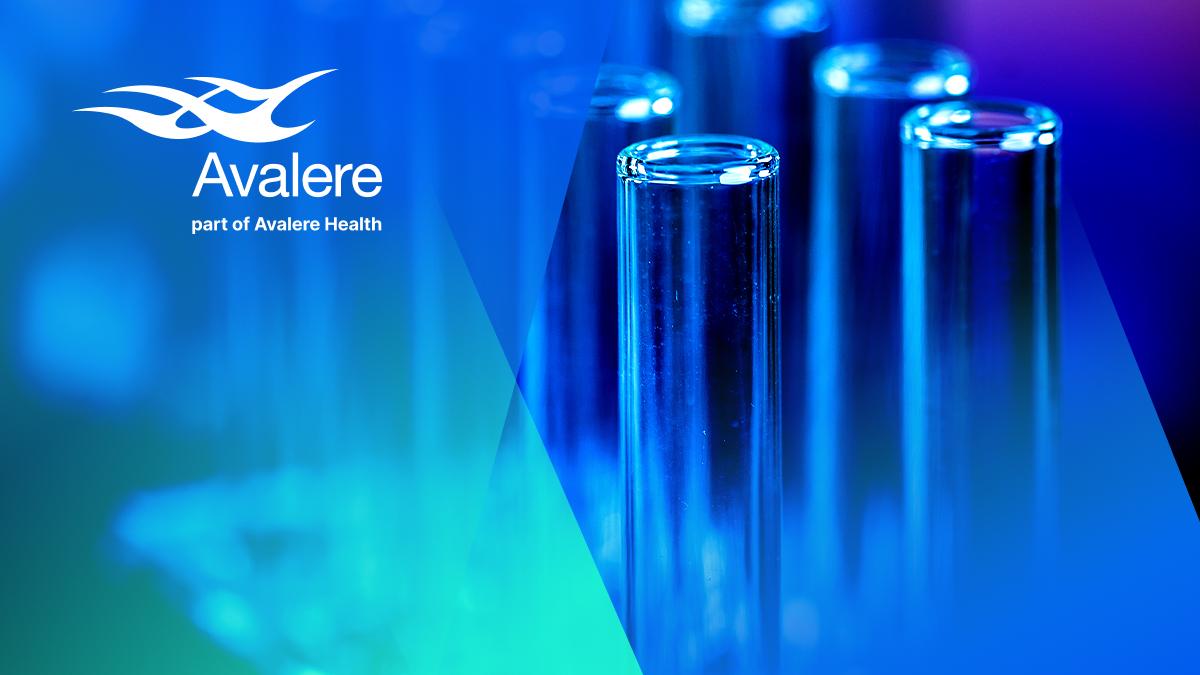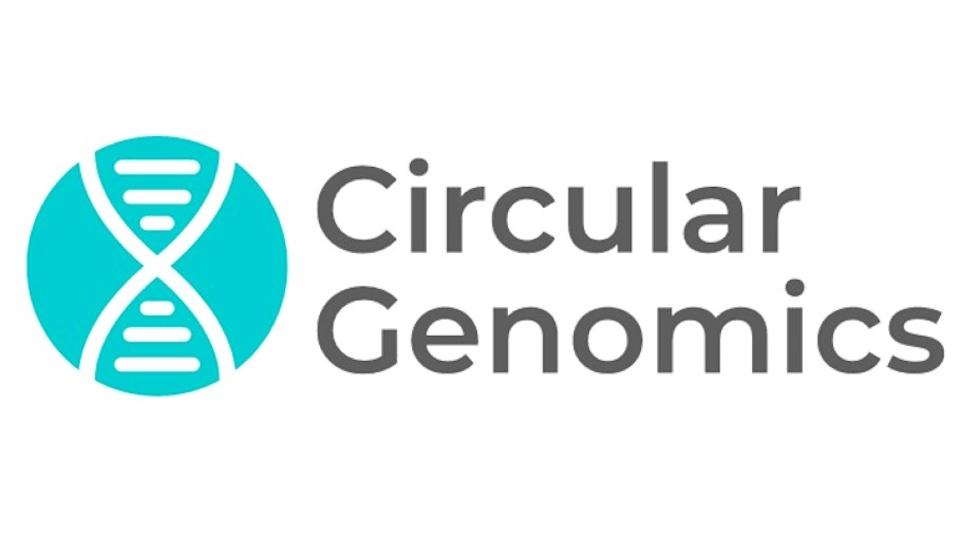AZ's Farxiga gets FDA Fast Track for heart failure

The FDA has fast-tracked AstraZeneca’s Farxiga (dapagliflozin) as a treatment to reduce risk of cardiovascular death, or worsening of heart failure, in adults with reduced or preserved ejection fraction.
Reserved for treatments for serious conditions where there is an unmet medical need, the FDA’s Fast Track designation allows for benefits such as more frequent meetings and communication with the regulator during clinical development.
Importantly for AZ it also sets up the opportunity for a six-month priority review of data, meaning that the diabetes drug could have a valuable indication next year if talks progress well with the FDA.
This could give an advantage to AstraZeneca as it tries to get the drug marketed in its new indication ahead of potential rivals – Eli Lilly and Boehringer also have their rival SGLT2 class drug Jardiance (empagliflozin) in phase 3 development in heart failure.
The FDA has granted Fast Track designation on the bases of data from two phase 3 trials, DAPA-HF and DELIVER, investigating Farxiga in patients with heart failure with reduced ejection and preserved ejection fraction, respectively.
Farxiga is currently approved as a monotherapy and as part of combination therapy to improve glycaemic control in adults with type-2 diabetes (T2D).
Last month the FDA granted Fast Track designation for the development of Farxiga to delay the progression of renal failure and prevent CV and renal death in patients with chronic kidney disease.
In the DAPA-HF trial Farxiga met a primary composite endpoint of a statistically significant and clinically meaningful reduction of cardiovascular death or worsening of heart failure – defined as hospitalisation or an urgent heart failure visit – compared with standard care plus placebo.
It is the first drug from the SGLT2 class to show efficacy in heart failure, after the drugs were first established as a way of reducing blood sugar levels in patients with diabetes.
Farxiga is one of the company’s top 10 drugs by sales, increasing 14% to $726 million in the first half of the year, although this was slower than the growth seen in 2018 when sales grew at 30% to $1.39 billion.













